How To Landscape a Garden Loggia in the Rocky Desert Soil (or maybe How NOT to)
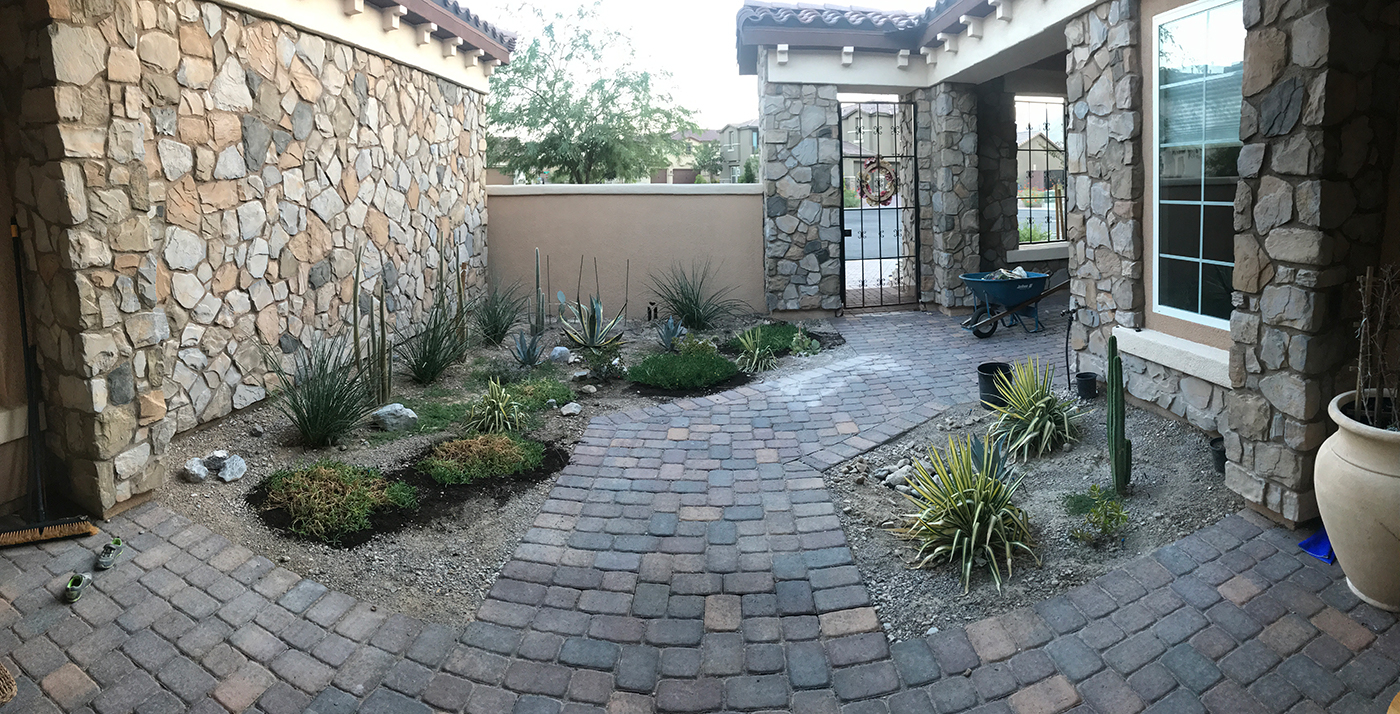
A couple years ago my wife and I decide to buy a house with a loggia. At least the Las Vegas builder we purchased our home from termed the enclosed outdoor space at the front of the house a "loggia". I just did some quick research on the subject and while it is great sales propaganda, I'm thinking the use of the term is a close call.
Regardless, my wife loved the garden space and pathway leading the front of our house which makes for a grand entrance that leads to the front door. I relied on my wife's happiness and I didn't think much of the loggia, except that I liked the area was gated.
It wasn't until a while after we bought the house when (in order to stay happily married) I looked into landscaping the loggia that I realized I hated having a loggia.
Why?
Because I started researching and found out it would be very expensive to fill in the garden area of said loggia.
Being upset that most of the cost was labor, I decided to landscape the loggia garden myself. By my math, from the estimates I received and research I did into the cost of plants, I figured I'd rather pay myself $50/hour for labor (via savings) than pay a company to profit $35/hour/laborer while paying it's workers $15/hour.
Not knowing anything about plants, planting, gardening, or landscaping, I decided to take a technical approach and started plotting out the area to see what I was working with.
Loggia Garden Schematic Diagram
I had originally created a schematic drawing of the area to get bids over the internet (along with those in person).
So I made a copy of the schematic (to preserve the original so I could repeatedly start over) and started to draw in some plants. I made my list of plants by visiting local nurseries as well as from what I had discovered by talking to landscapers during the bid process.
I also had the restriction that any plants along the house walls would need to be low water, deep-rooting type (ie Cactii) so as not to void the structural warranty on my house (Yes... I'm probably the only person in history to actually check his warranty for issues with planting too close to the house).
I didn't feel fully comfortable, however, that I was being completely accurate to the real world with the schematic diagram of the loggia. I was pretty lazy with the circles as far as sizing went. I don't fully recall, but I also don't think I made the lines to scale; just the written dimensions were correct. Thus, I wasn't confident my plans would work out.
My process didn't really matter though as all that paper work pretty much turned out to be a waste of time. What I did next was a much better way to visualize the sizing and layout.
Loggia Garden Sample Layout using 5-Gallon Buckets
I went to the nursery up the street and picked up a bunch of 5 gallon buckets. They had hundreds of them sitting around and had no problem giving me some (they didn't want to give me any 15-gallon buckets, but did give me a couple). I took the buckets home and lined them up in the garden (along with a few potted plants we had) and that gave me a much better perspective of how all the plants would fit together in my landscaped loggia garden.
This tactic turned out to be very effective, because not only was I able to visualize actual sizing, but I was able to easily move the plant locations and really play with the spacing and layout.
Next is where I learned my real lesson about how labor intensive it would be to dig holes in the compact rocky desert soil as part of landscaping a garden in my loggia.
Digging Holes for Loggia Plants in the Rocky Desert Soil
I had never dug a hole in the Las Vegas desert dirt before. First, it's extremely hard and compact. Second, it's LOADED with rocks. You can't use a regular shovel to dig a hole for your landscaping. I had to use a pick axe.
Using a pick axe did make it possible to dig a hole but the the work is still cumbersome. I'd say you'll directly hit a rock on about 1/4th of your swings. Those swings don't do any useful digging and are simply wasted energy that leads to tiring you out faster. And by the time I did strike enough the dirt loose with the pick and got down to scoop it out by hand (because of the rocks still half buried, scooping it out with a shovel was too cumbersome), I found it to be about the same amount of work to just scrape the soil with a garden hand cultivator while sitting on the ground and then scooping the dirt (and rocks) by hand out into a bucket or wheel barrow. As part of the process, I often hand filtered out the bigger rocks into separate piles to be disposed and kept the more pure dirt in buckets. Also, hitting into the rocky ground with a pickaxe can be dangerous as piece of rock flies out at your eyes when you hit them just right (I was posing for the picture above; when I was actually digging, I wore safety glasses).
I never timed it directly, but I'd say each hole I dug for a 5-gallon plant took about 30 minutes, regardless of how I dug it. Note that I filled up about three of the 5-gallon pails for each hole dug as the holes are to be much bigger than just the the plant's 5-gallon bucket size, as you want to give the plant some transition soil all around it give the roots a transition zone to the native soil.
In the picture above, I'm just starting to dig a hole for where a plant will be planted. That hand cultivator used to have three prongs, but two of the prongs are welded onto the middle prong (they are one piece in the shape of a "U") and their piece ended up breaking off from the abuse the hand cultivator took as I used it to dig and pry up rocks. The single prong actually made it easier to dig as all the energy was put into the one tip, making it easier to get through the dirt and pry up rocks.
Incidentally, I recently saw a landscaper digging holes in a neighbor's front yard with a jackhammer and wish I had seen or thought of jack-hammering out the holes as it looked like the guy was tearing out rapid giant (24-gallon) holes!
Above is a picture of the bigger rocks I hand sifted out as I scooped the dirt out of the plant holes. That amount of rocks is just from a few holes! I'd say our soil out here in Las Vegas is at least 50% rocks.
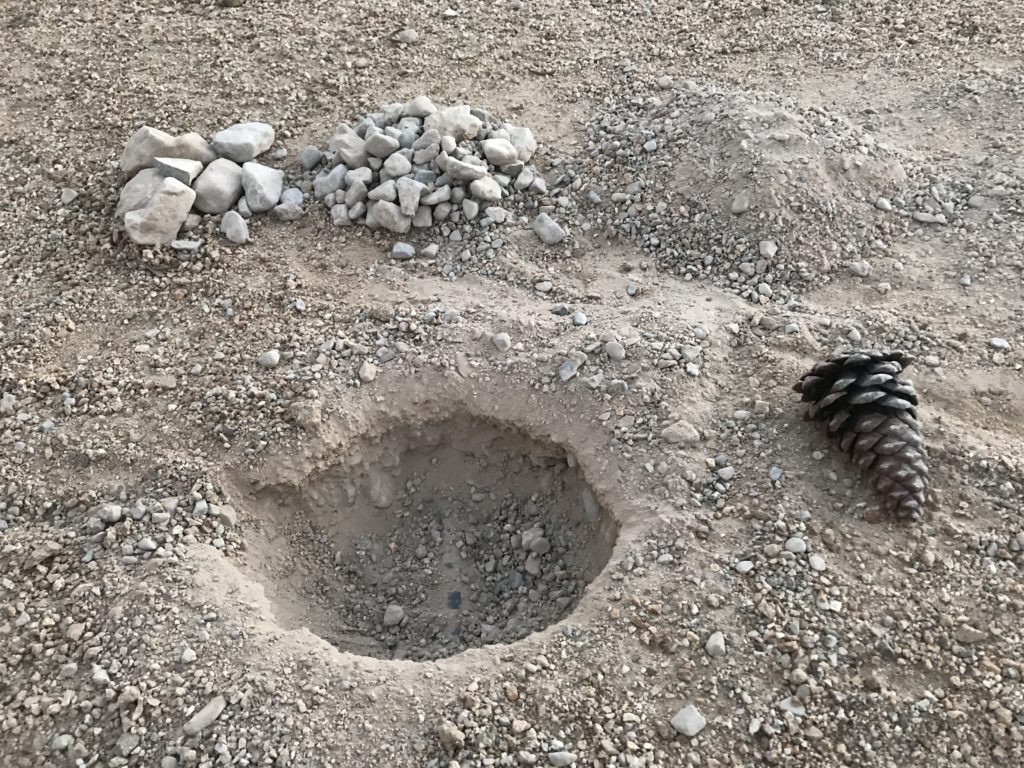
In fact as an experiment I performed, above is a picture of a small hole I dug in my yard, with a pine cone included to help get a feel for the actual size. The small hole is approximately 8 inches wide by 4 inches deep. I separated what I dug out of the hole into three piles. One pile is the bigger rocks that came out, the second is the smaller rocks, and the third is the actual dirt. If you were to combine the two rock piles they'd be the same size as the dirt pile, so the soil is pretty close to 50% rocks. (Note, there are a lot of smaller pebbles all over the ground surface in this picture which is from some chat, a.k.a. decomposed granite, I put on our entire yard; our dirt isn't that full of pebbles on the surface.)
Also, In a bigger and deeper hole, I'd probably pull out one or two rocks that are about half the size of this hole!
Ultimately I've dug 28 holes in the rocky desert soil in my loggia here in Las Vegas. Above is a shot just after the landscaping preparation phase where I had most of the plant holes dug and was starting to fill them in with plants. You can also see the main water line running across the middle (going under the shovel), trenched and ready to be buried.
I was told by the local nursery (and read it in their literature) that when planting desert plants you should mix the planting soil with native soil (25-50% native soil), so I sifted out the rocks and kept the native soil for when I was ready to plant. The above picture is just some of the dirt I saved.
Completing the Loggia Landscape with Desert Plants
My last step to complete the loggia landscape was to plant the plants. I planted Red Yuccas, Red Star Dracaenas, a Variegated Agave, Australian Racers (Myoporum), Texas Sage, Golden & Silver Torch Cacti, Tubac Purple Prickly Pear Cactus, various other smaller Succulents and some plant my wife was given as a gift.
Above is the main area of the loggia landscape with most of the original plants filled in.
Later, I ended up removing the Texas Sage as I realized they would become huge bushes, and replaced them with Color Guard Yuccas. And when the Dracaenas fried to a crisp, I tried Purple Fountain grass, which quickly grew too big and made the whole scene look too chaotic with the wildness of the Red Yuccas, so I replaced the Purple Fountain grass with with some pups from the Agave plants growing in my front yard (see my Wilting Agave Killed by Weevils post for a little info on issues with those succulents).
More to Come
The above is just the beginning of the torture from my endeavor to landscape my own loggia here in the Las Vegas desert. I've found that a loggia is a difficult area to keep plants alive, especially when you know nothing about plants, planting, gardening, and landscaping.
Because of the surrounding walls, the loggia only allows partial sun during the day. During the summer, however, even with the short 4-5 hours of direct sunlight, the sun is so hot that it burned out some of the more delicate plants (Dracaenas and some succulents), while other plants didn't seem to be getting enough sun (some of the Cactii). Plus, the house is situated such that the lower far wall in the picture above blocks the direct sunlight all day from the plants along that wall during the spring, fall and winter (because the sun traverses a lower path along the sky during those periods). So a landscaped loggia garden in the desert really seems to need plants that can handle a very particular set of specific conditions.
Another problem is that I've most definitely over watered some plants with the automatic watering system, especially when its combined with heavy rains and I don't shut the drip system off for a few days. I believe excess water has caused many plants to die from root rot (Australian Racers, Rocky Point Ice Plants, and Cacti). Multiple times after heavy rains, I have lost thriving plants.
Though I've installed drainage piping, the area still floods when there are heavy rains because of how the water runs down the roofs to a common seam that dumps in the loggia (I will likely need to put in gutters if my latest attempt to fix the drainage doesn't work).
Above is a picture showing the loggia getting flooded with water (due the builder's poor foresight into the drainage issues that would arise) from the way the roof drains into to the loggia.
I've killed a lot of plants in just the year and a half since I first completed planting in my loggia. I've replaced some and swapped others out. It's been a lot more work than I expected, and I have gained an appreciation for people that know how to keep plants alive.
Above is a panoramic shot of the current state of our loggia landscape. After the rainstorm in the picture above, I lost the Tubac Purple Prickly Pear, two Silver Cactii along the wall and the Rocky Point Ice Plants started dying in the middle; I think they all died from root rot (pictures and descriptions to come in a future post).
I think another issue I'm having is that the ground just doesn't drain well. Apparently plants need good soil drainage beneath the plant (not just at the plant level so they don't get flooded) so the roots don't "drown". I may have some caliche under this area.
In the future I'll write more about all the various issues, research, solutions, and lessons learned (or not learned) I've had. I'll also write about which plants I'm able to keep alive and which were easiest for me to kill.
If you read this article and have any interest in hearing about anything in particular having to do with my loggia garden landscape, or have any thoughts or advice advice, please do leave a comment.
2 comments on “How To Landscape a Garden Loggia in the Rocky Desert Soil (or maybe How NOT to)”
Leave a Reply
Recent Posts

Reolink Argus 2 Review: From an Owners Perspective
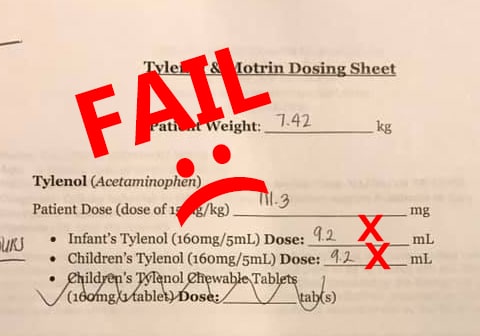
I Made the World a Little Safer!
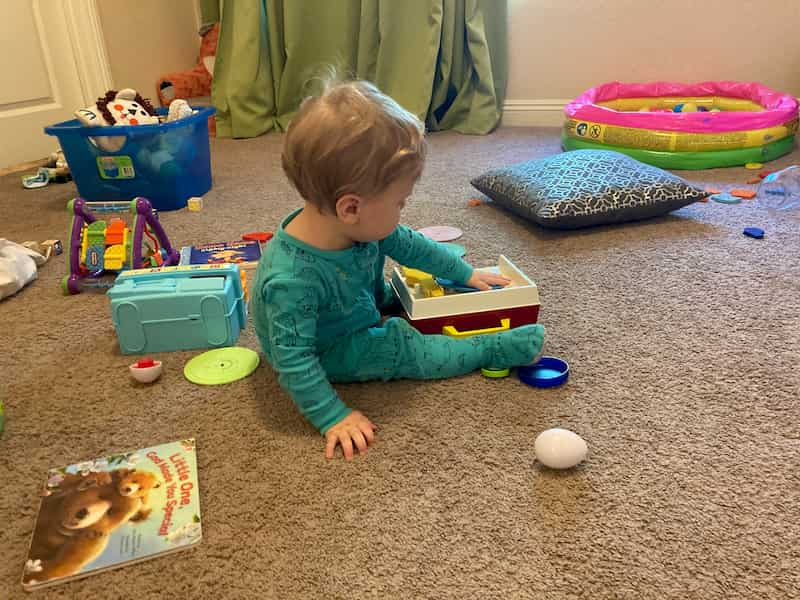
A Typical Parenting Moment from the Parent of a Child with FASD

Volunteering

We Were Sent Home From the Hospital with Instructions that Could Have Killed Our Son

After School Programs: Your Child May Not Be As Safe As You Think
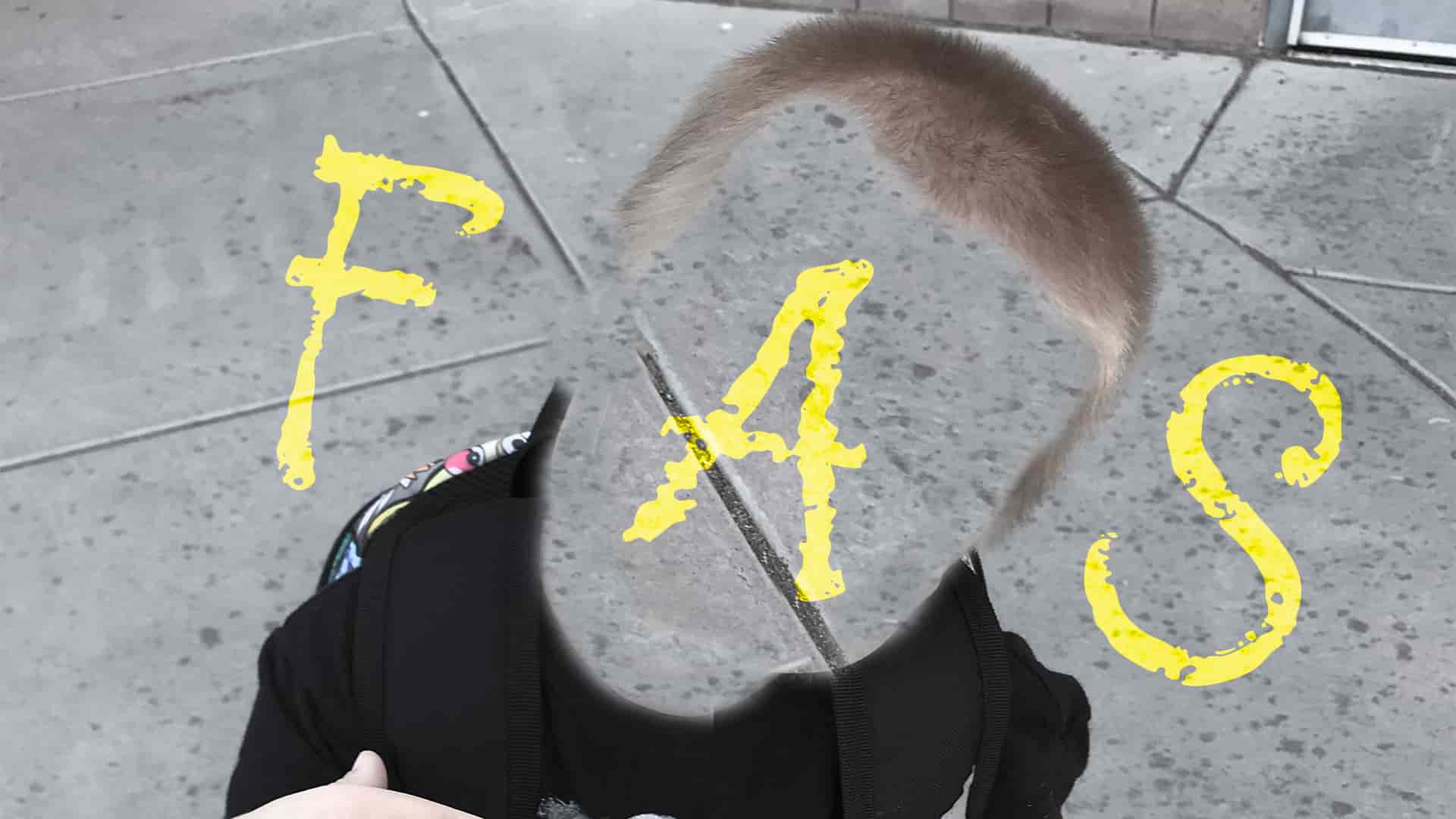
FAS - You Wouldn't Say That About My Child If It Was Autism
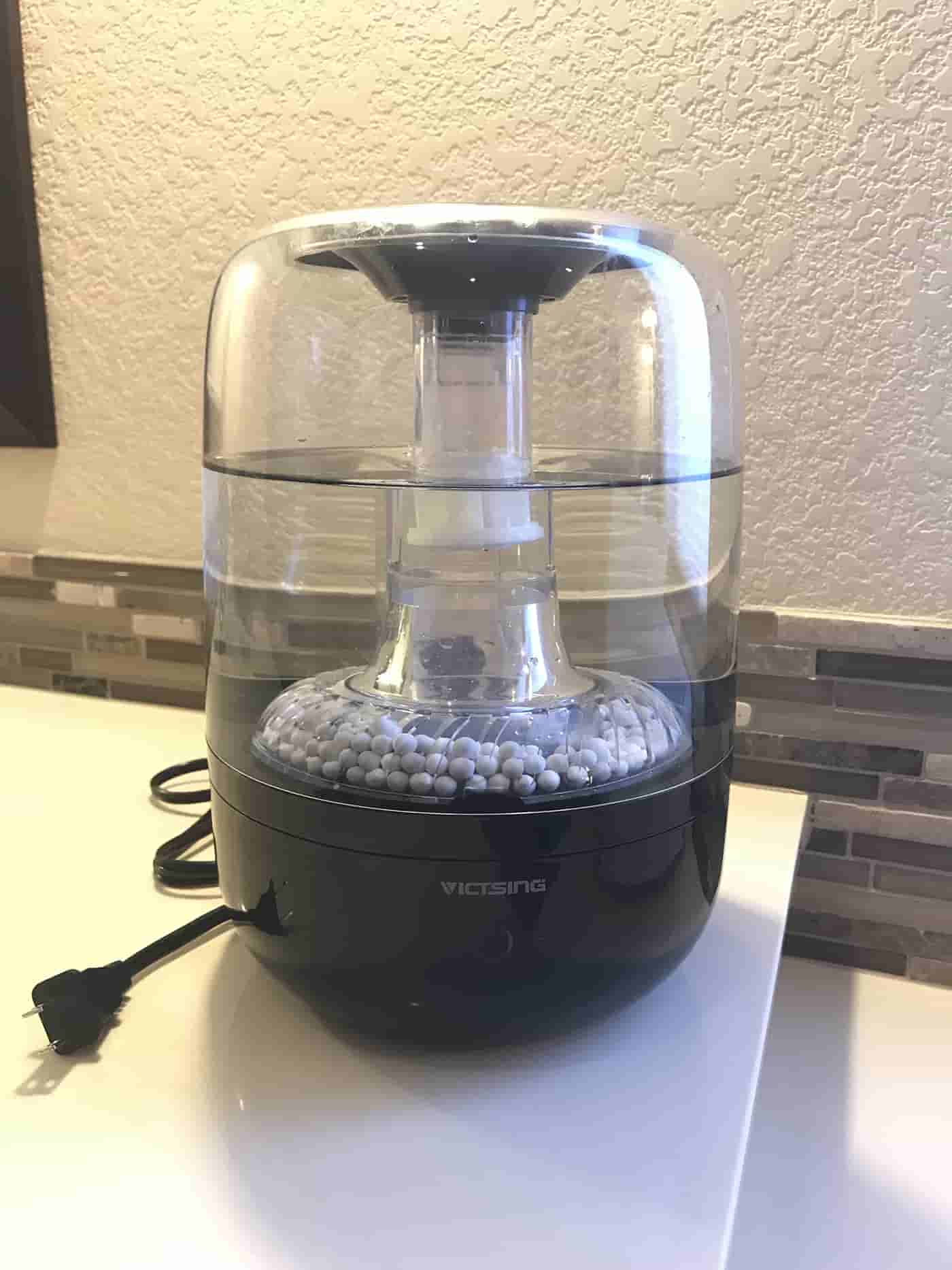
VicTsing Filterless Cool-Vapor Humidifier Review
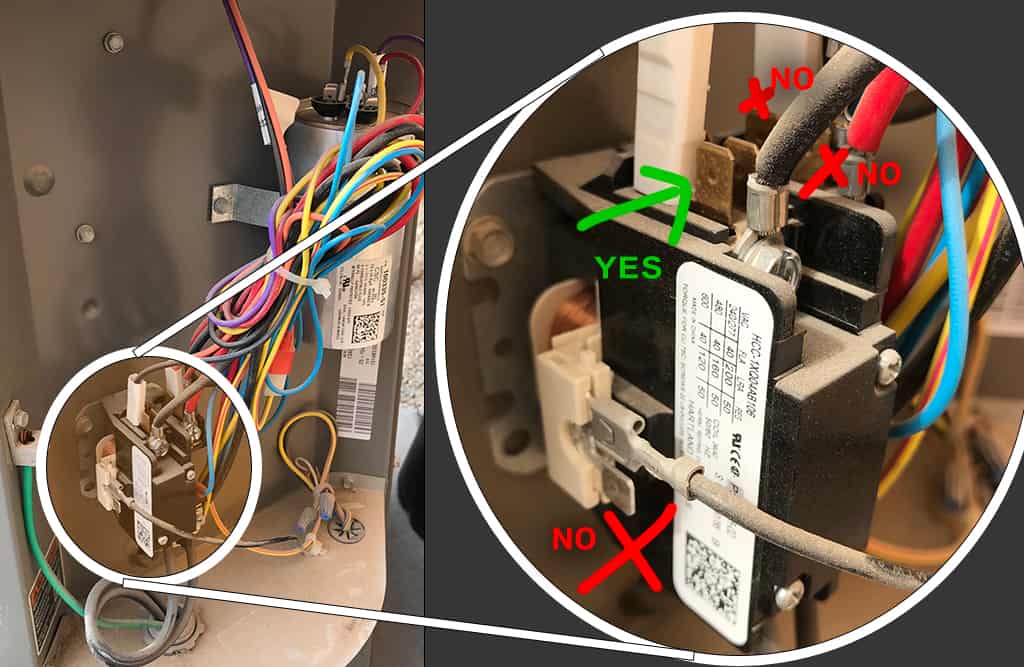
Increasing the Life of Your Air Conditioner: How to Install a 'Hard Start' Kit

A/C Hard Start Kit: A $1,600 Per Hour Story
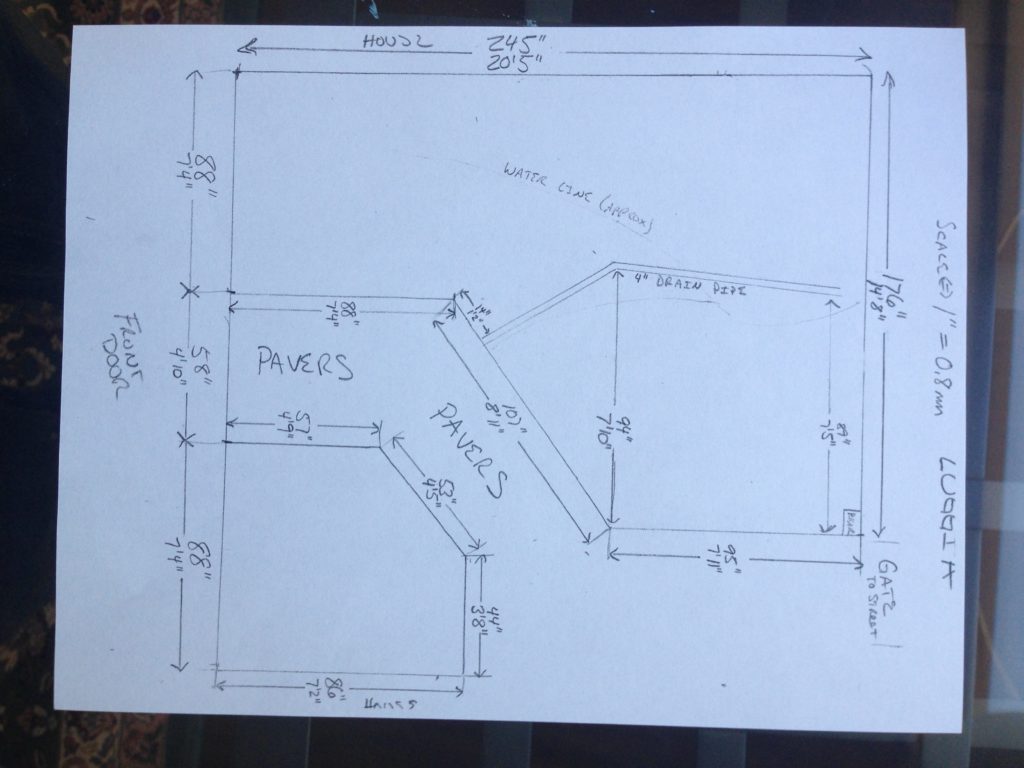
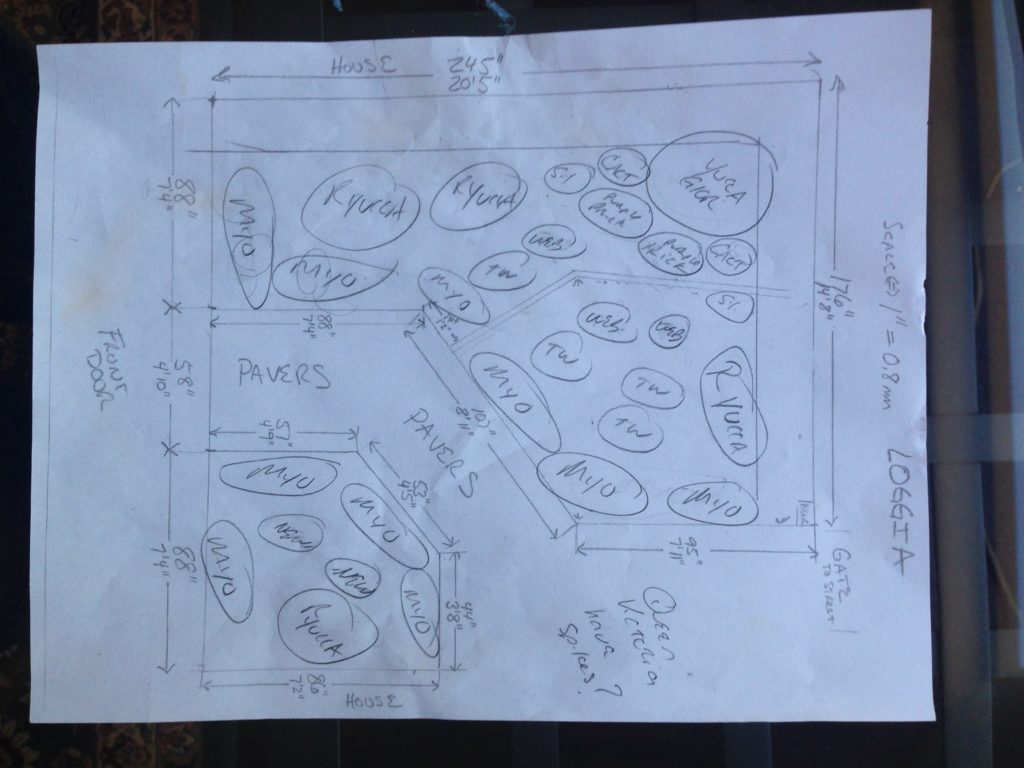
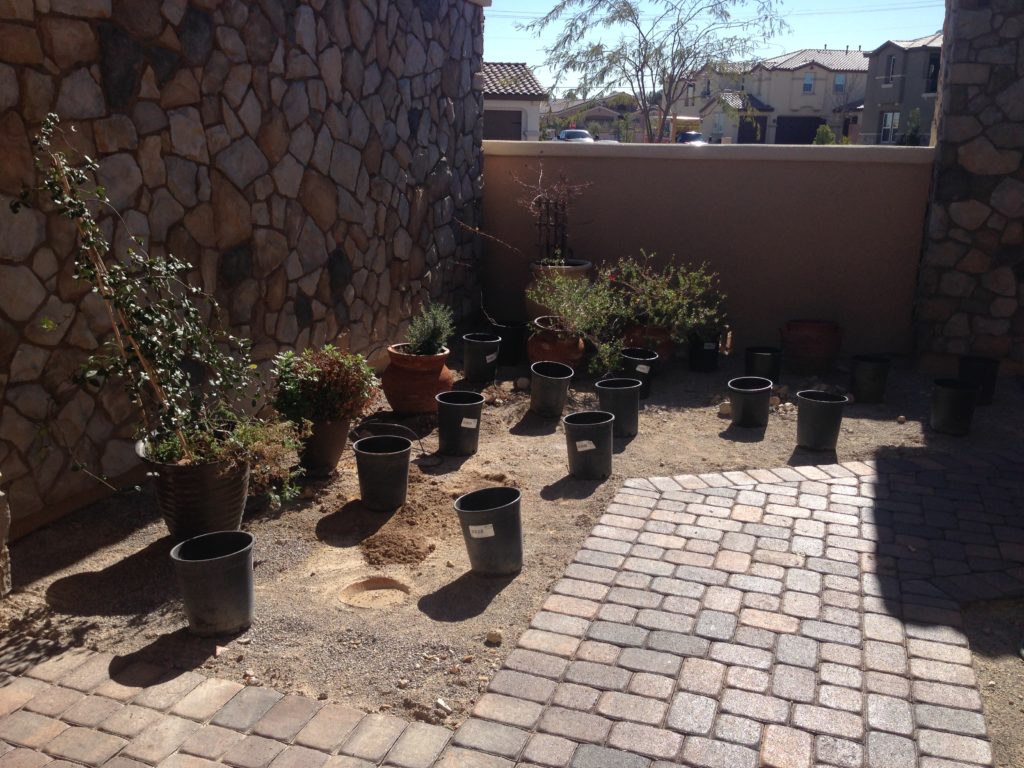
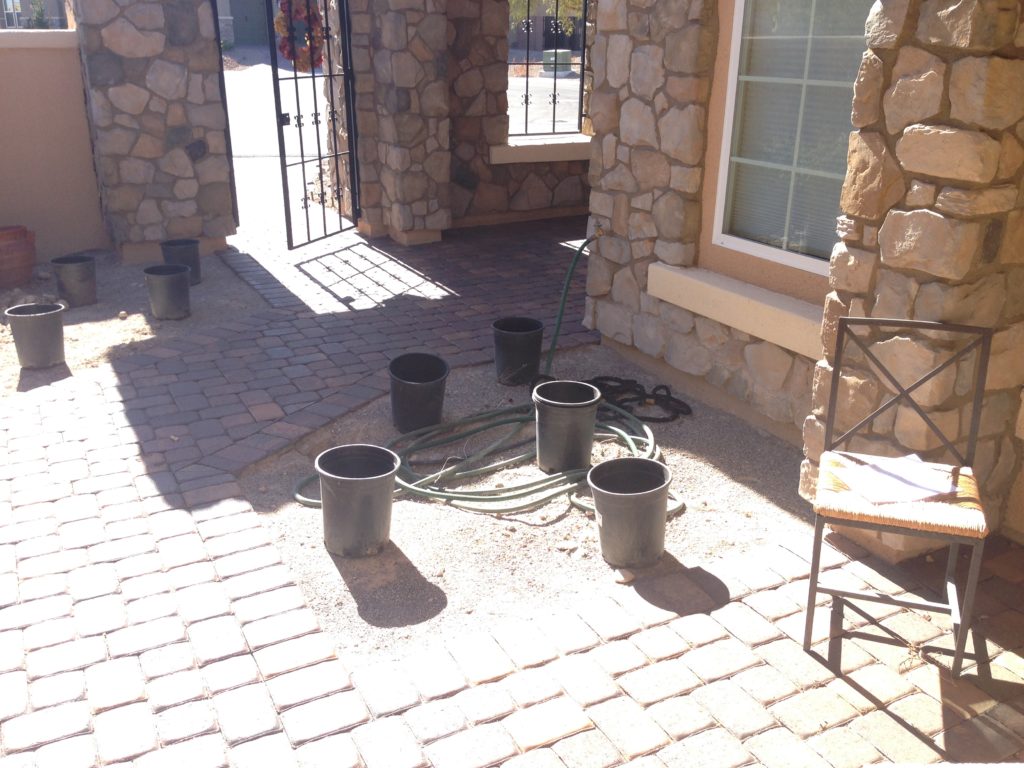
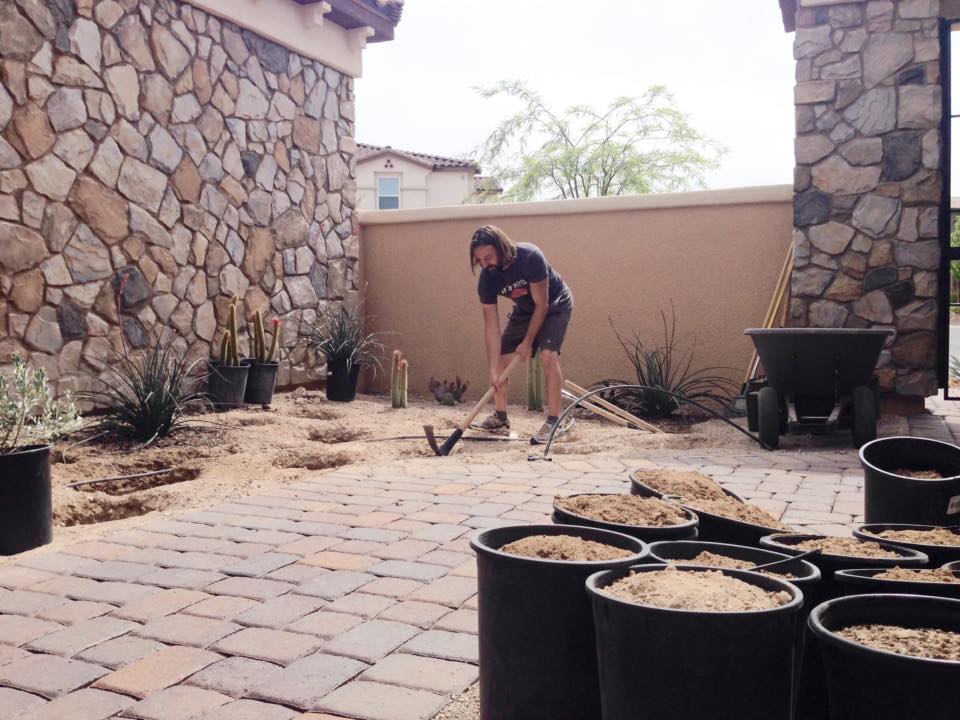
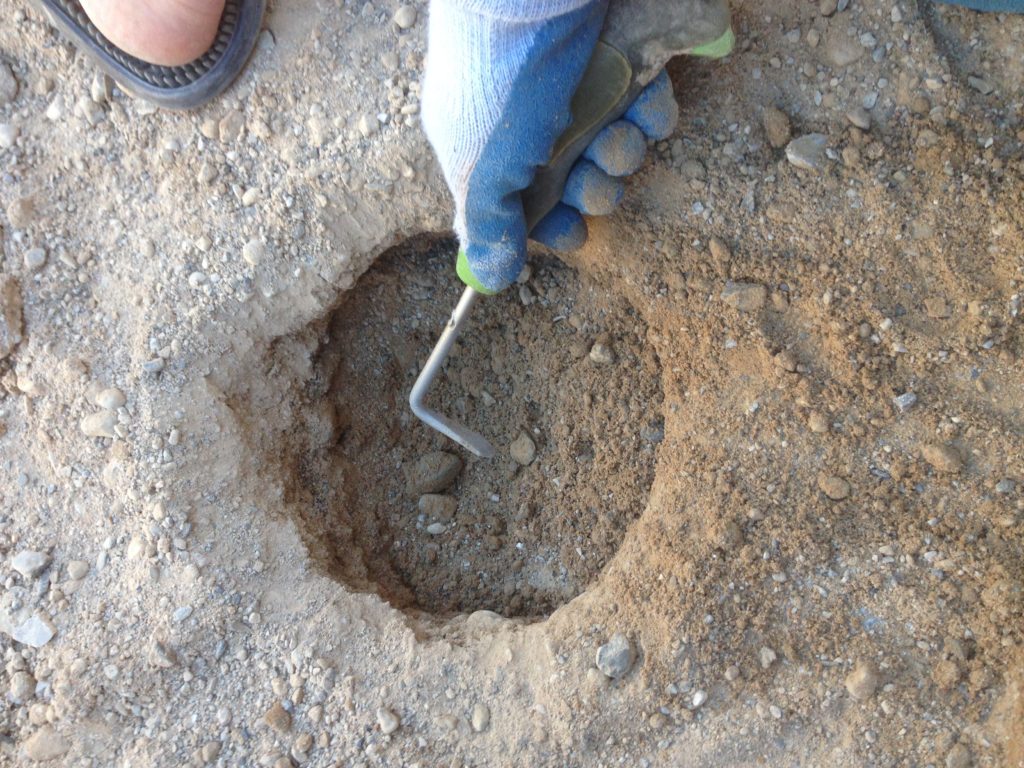
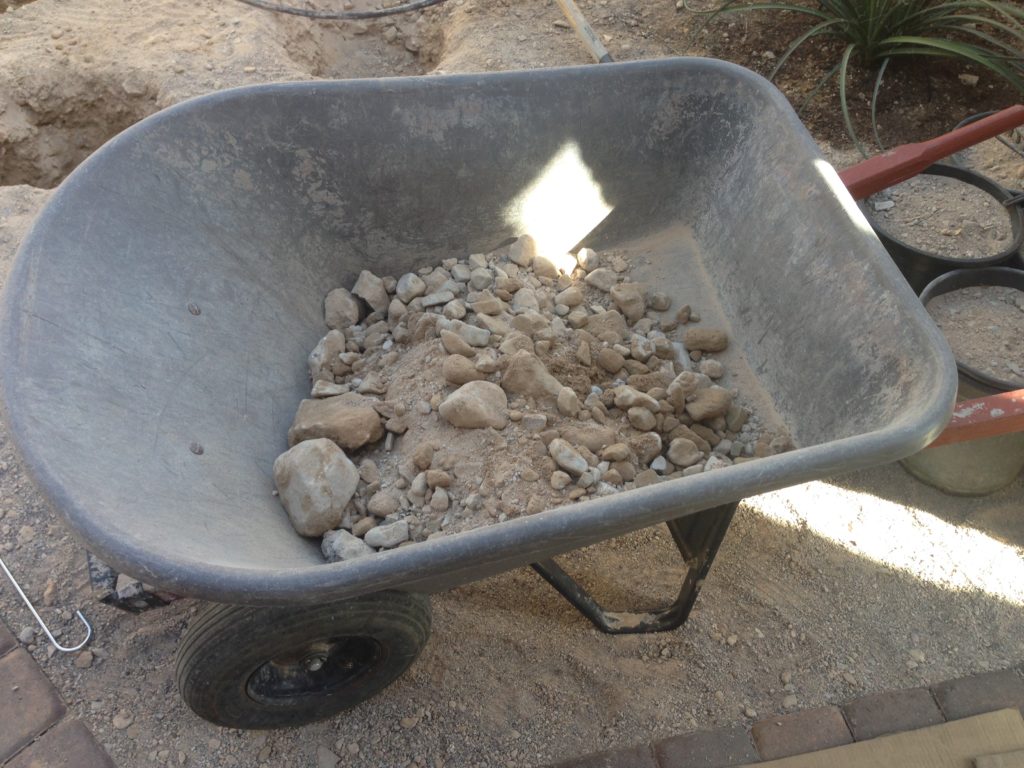
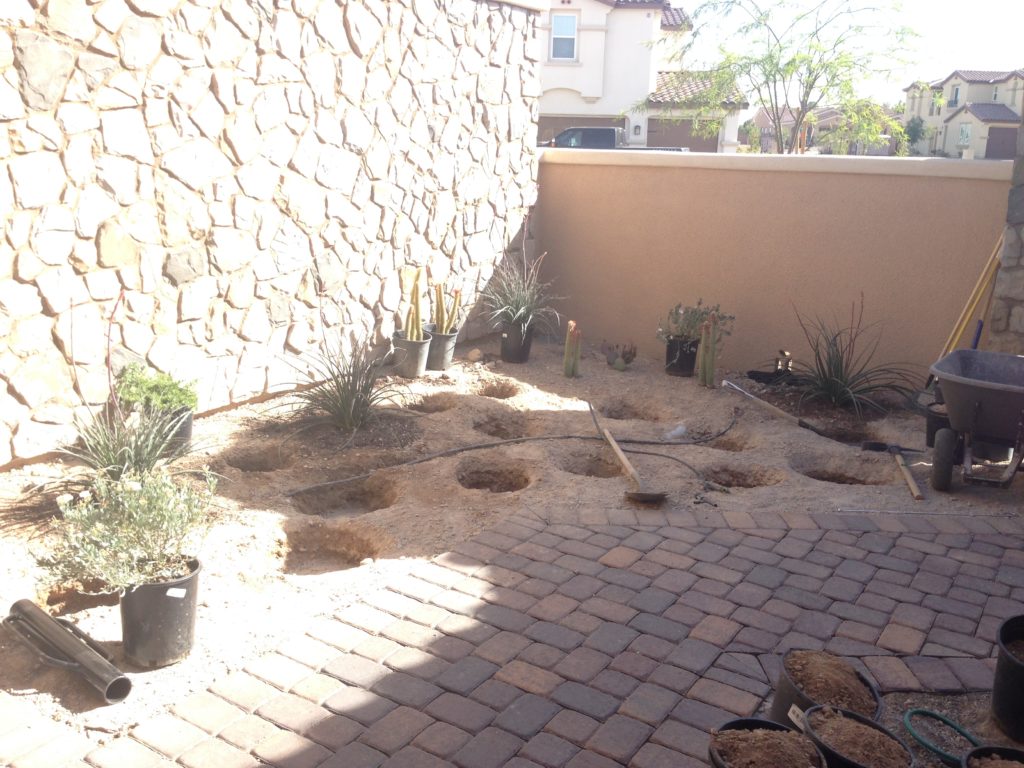
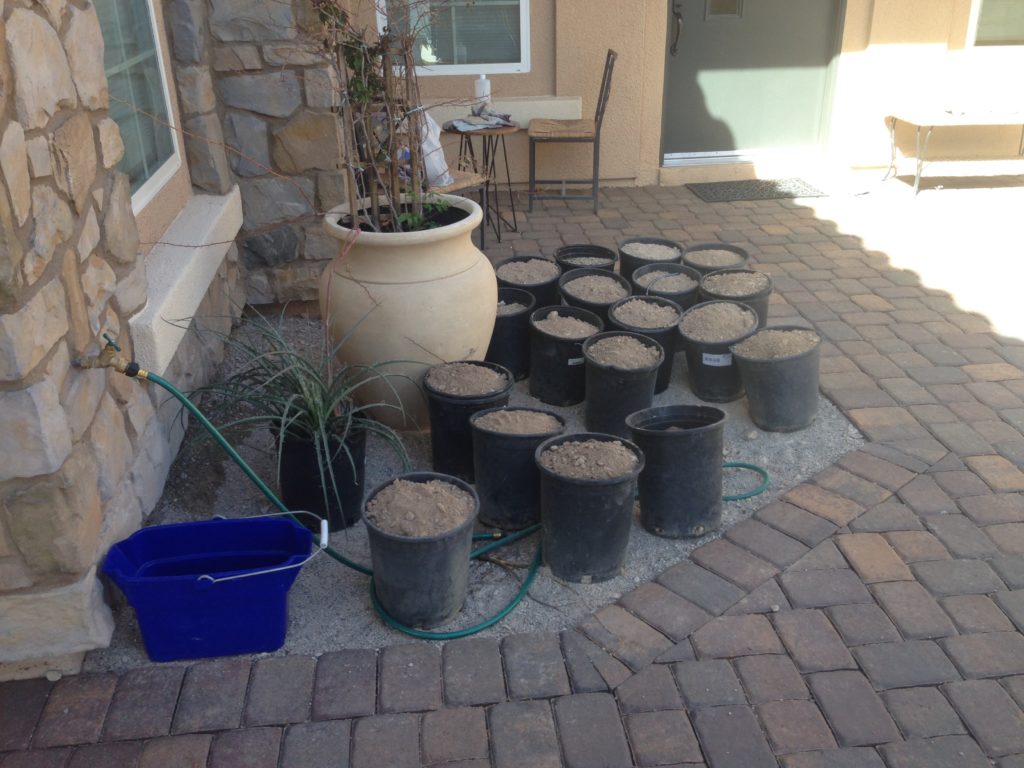
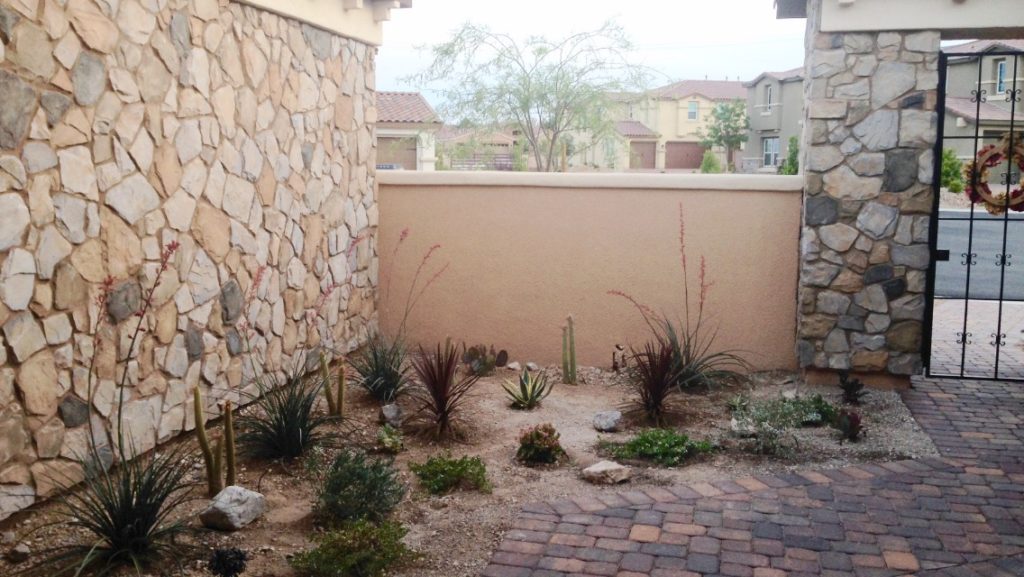
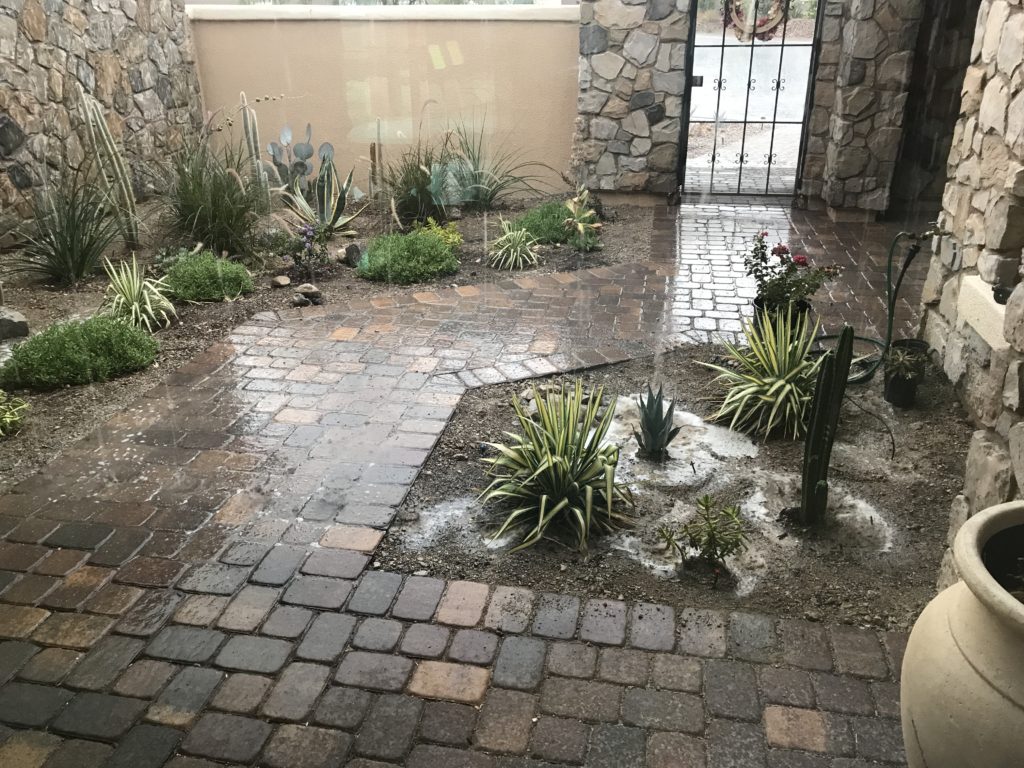
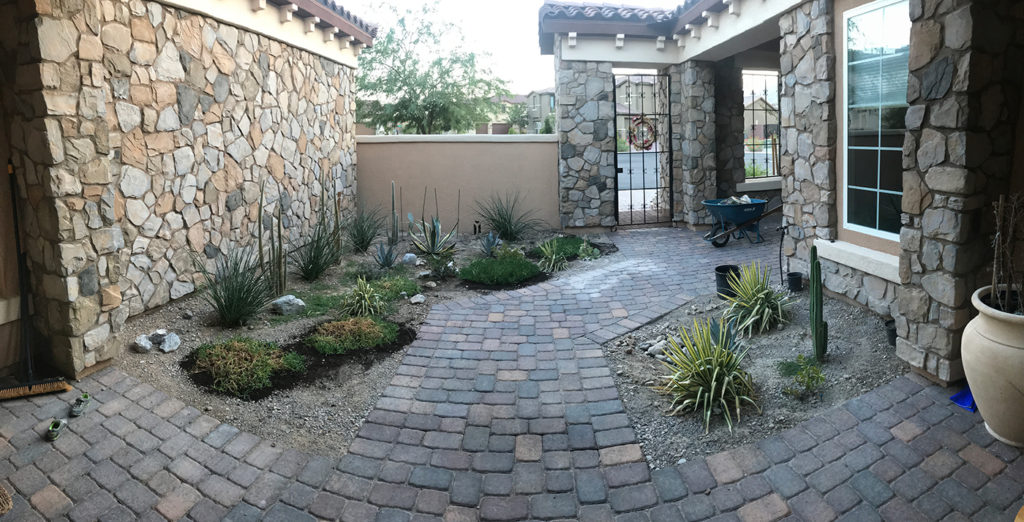
Coming from farm country in Illinois, the difference in soil blows my mind. Even pulling weeds is a huge task (I'm 65). Had hoped to do my own plantings after appropriate research and purchased an auger, advertised for rocky soil. It was worthless and is being returned. Your experience convinced me I am not physically capable of doing the work myself. The nursery will make money on the plantings, or I'll call the guy I met who worked in the field. He's young and has energy and lifelong knowledge. I sincerely appreciate you sharing your experience! And, it looks pretty darn lovely!
Thanks for the comment and the compliment!